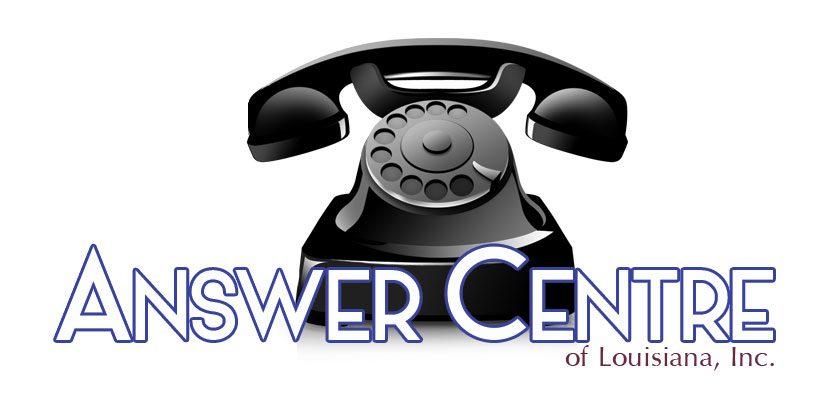In the competitive world of law, mastering the client intake process is crucial for attorneys aiming to build strong relationships and a successful practice. Client intake for attorneys is not just a procedural step; it’s the first interaction clients have with your firm and can set the tone for the entirety of their experience. In this comprehensive guide, we will explore the importance of an effective client intake process, the essential elements that make it successful, and how modern tools and best practices can enhance client communication while ensuring compliance with legal standards. By implementing the strategies outlined in this article, you can streamline your law practice, improve client satisfaction, and ultimately boost your bottom line.

Key Takeaways
- A streamlined client intake process is crucial for improving client relations and ensuring efficiency in law practices.
- Effective client intake includes essential elements such as gathering relevant information and establishing communication protocols.
- Leveraging technology and tools can significantly enhance the client intake experience for both attorneys and their clients.
- Clear communication during the intake phase is essential for building trust and setting the right expectations with clients.
- Regular evaluation and measurement of your client intake system can help identify areas for improvement and optimize overall practice performance.
Understanding the Importance of Client Intake
When it comes to building a successful legal practice, understanding the importance of client intake for attorneys cannot be overstated. The client intake process is the first point of contact potential clients have with your firm, making it crucial for setting the tone for the relationship ahead. A well-structured intake system not only streamlines the acquisition of new clients but also enhances client satisfaction and retention. By thoroughly gathering essential information during the initial consultation, attorneys can assess potential cases more effectively, ensuring that they can devote their resources to matters that align with their expertise. Furthermore, efficient client intake helps in establishing trust from the outset, as clients feel valued and understood when their needs are quickly addressed. In an industry where first impressions are paramount, optimizing your client intake for attorneys can lead to increased conversions and a more engaged clientele.
Essential Elements of an Effective Client Intake Process
An effective client intake process is vital for attorneys seeking to establish a solid foundation for their legal practice. The initial step in client intake for attorneys involves gathering pertinent information to understand the client’s legal needs and circumstances fully. This process should be streamlined and efficient to create a positive first impression while ensuring compliance with legal obligations. Key elements of an effective client intake process include a clear and comprehensive questionnaire that covers essential details about the client’s case, easy accessibility through various communication channels such as phone, email, or online forms, and timely follow-up mechanisms to keep prospective clients informed. Furthermore, incorporating an empathetic approach helps attorneys connect with clients, fostering trust and openness during this crucial stage. By prioritizing these essential elements, attorneys can enhance their client intake for attorneys, leading to better client relationships and ultimately boosting their practice’s success.
‘The first step in exceeding your customer’s expectations is to know those expectations.’ – Roy H. Williams

Tools and Technology to Enhance Client Intake
In today’s fast-paced legal environment, optimizing client intake for attorneys is essential for ensuring a smooth onboarding process and enhancing client satisfaction. One of the most effective ways to achieve this is through the use of specialized tools and technology. Practice management software, for instance, can streamline the collection of client information, automating tasks that traditionally took hours. Additionally, forms and questionnaires that can be filled out online not only save time but also reduce the chances of input errors. Implementing customer relationship management (CRM) systems can further enhance client intake for attorneys by keeping track of all interactions and nurturing client relationships from the very first contact. Moreover, utilizing virtual consultation tools allows for efficient communication with potential clients, making the initial intake process much more convenient and accessible. By integrating these innovative technologies, attorneys can significantly improve their client intake processes, leading to a more efficient workflow and a better overall experience for their clients.
Best Practices for Client Communication During Intake
Effective client intake for attorneys is crucial for establishing a strong foundation for legal services. First and foremost, ensuring clarity in communication begins with asking open-ended questions that encourage clients to share their stories in depth. This not only helps gather essential information but also fosters trust and comfort. Additionally, setting clear expectations regarding the intake process is vital; informing clients about what to anticipate can alleviate anxiety. Utilizing a structured intake form that guides the conversation while allowing room for client’s concerns can streamline the process and ensure no critical details are overlooked. Finally, active listening is imperative—attorneys should practice attentiveness and validate clients’ feelings, which not only enhances communication but also builds a solid attorney-client relationship.

Legal Considerations in Client Data Collection
In the practice of law, client intake for attorneys is not just a routine procedure; it is also an essential component that comes with significant legal considerations. When collecting client data, attorneys must adhere to strict confidentiality standards dictated by legal ethics and privacy laws. This means ensuring that all personal information gathered during the intake process is securely stored and only accessible to authorized personnel. Additionally, attorneys must be transparent with clients about what data is being collected and how it will be used, often requiring informed consent. Failure to comply with data protection regulations can lead to severe penalties and damage to the attorney-client relationship. Therefore, it is imperative for legal professionals to establish robust practices around client intake for attorneys, which not only comply with legal requirements but also build trust and rapport with their clients.
Measuring Success: Evaluating Your Client Intake System
In the legal profession, efficient client intake for attorneys is essential for building a successful practice. A well-structured client intake system not only boosts productivity but also enhances client satisfaction, ultimately leading to higher retention rates. To effectively measure success in your client intake process, it’s important to identify key metrics that reflect the efficiency and effectiveness of your system. Metrics such as the average time taken to onboard a client, the conversion rate from leads to active cases, and client feedback on the initial consultation experience can provide valuable insights. Additionally, using technology such as client management software can streamline the process, allowing attorneys to focus more on casework and less on administrative tasks. By continuously evaluating these components, law firms can refine their client intake strategies to ensure a smoother, more efficient experience for both clients and attorneys alike.


